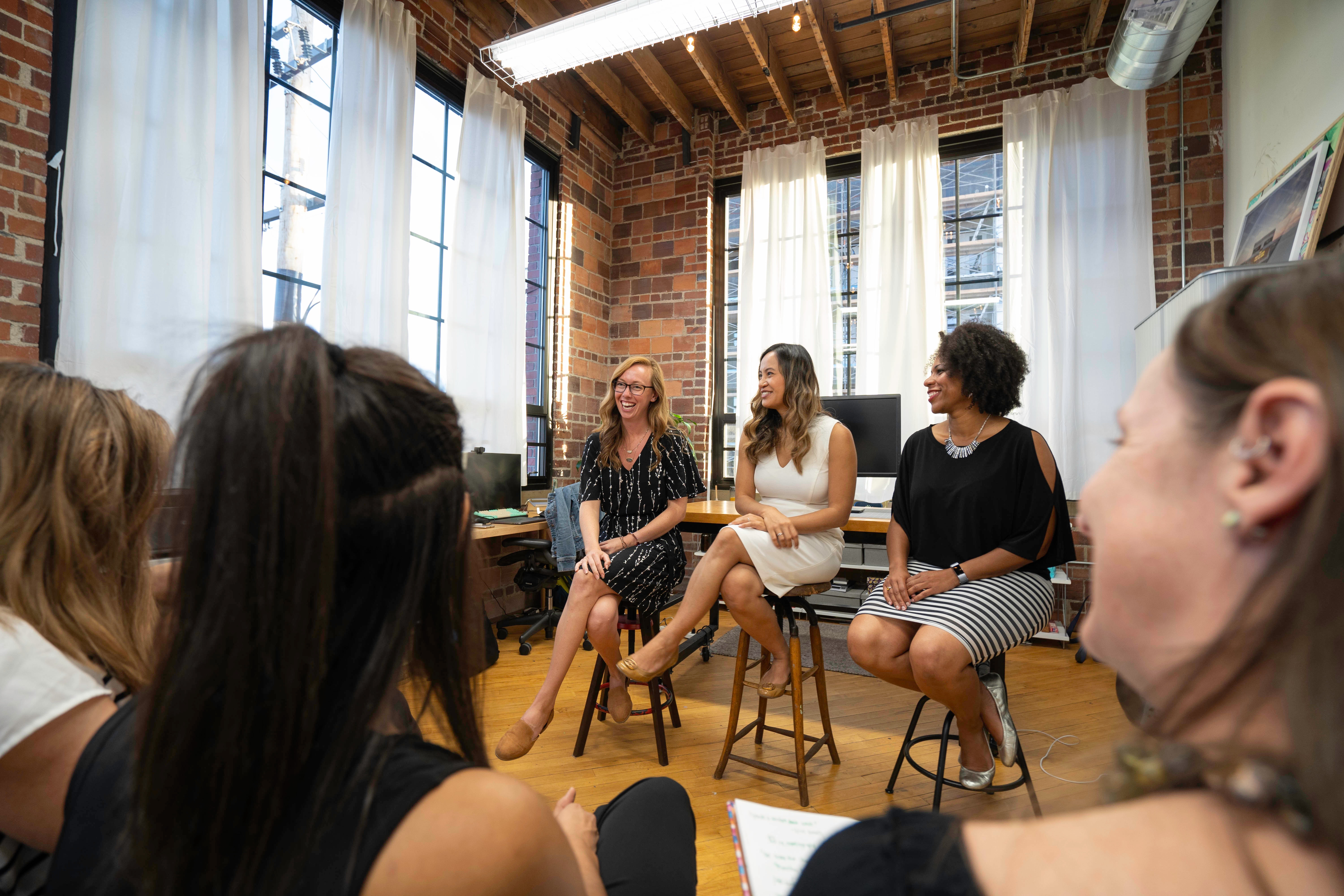On Volunteer Management: An Inside Look at Harmony Community Development Corporation
Published:
Candy Bradshaw serves as Program Director of Harmony Community Development Corporation, a Dallas-based nonprofit created to stimulate the development of affordable housing, employment opportunities, social and educational services. The mission of Harmony CDC (Community Development Corporation) is to strengthen families and revitalize neighborhoods. They are a community nonprofit, and their initiatives involve equipping families to move towards self-sufficiency.
She oversees a robust volunteer program centered around supporting their Harmony Empowered Living Program designed to help people get jobs that lead to livable wages, a food pantry, a reentry program for teens, and much more! She recently sat down with Hollie Mhlanga, Marketing Manager at RiseKit, to discuss her organization’s volunteer-centered service delivery model and share what she learned with the workforce development community. This is part 1 of a two-part series.
HM: What are some of the biggest challenges that you have experienced in your role in developing this volunteer-based program?
I’d probably say the biggest challenge is two-fold: providing a clear description of what the expectations are for volunteers and then basically also getting into the various marketplaces to attract the right volunteers.
So, we have a diversity of needs for different types of volunteers. Even with our counseling center, we have a Director of Counseling that manages it. She needs a whole different set of volunteers from a whole different audience because of the confidentiality in counseling. There’s a whole different set of needs over there. And so, I think that our biggest challenge is that we don't need a cookie-cutter set of volunteers.
HM: Up until now, how have you started solving that challenge?
Well, right now, what we're looking at is actually trying to brainstorm with our existing volunteers. We ask them, “Write down what you felt were the key responsibilities you had as a volunteer.” So for our Harmony Empowered Living Program, which is the one that helps people get jobs that lead to livable wages, you might be a facilitator in an eight-week class. So we ask, “What makes a good facilitator?” Also, “Can you write down five key characteristics that a person must have to be great at this?” And then, “If you were to serve as a coach or mentor, how would you explain to someone what he/she is expected to do?”
And then we also ask about how much time they’re spending, because that's the other part you have to be able to share with people. This is the (time) commitment we're asking for from you.
HM: What are some of the challenges that you run into managing people once they are volunteers and you’ve communicated what they need to know?
CB: I think managing them is about managing their expectations. Many times when you build a volunteer team, you have volunteer leaders, and sometimes those volunteer leaders can get off mission. So they begin to say, “Well, why can't we do this or why don't we do that?” And so the challenge is helping them remain consistent, continuously reminding them of the mission and the vision and the purpose—the priority of their volunteering.
A good example of this is with our food pantry. Some people will say, “Well, why don't we deliver?” We don't deliver because it is a liability—because they're volunteers. So you have to kind of educate them because they're thinking from a heart and a need, but you have to maintain the scope of what you're doing there. You can get off track and create more unintentional liability than you ever intended.
Editor’s note: This interview was edited for brevity and clarity.




